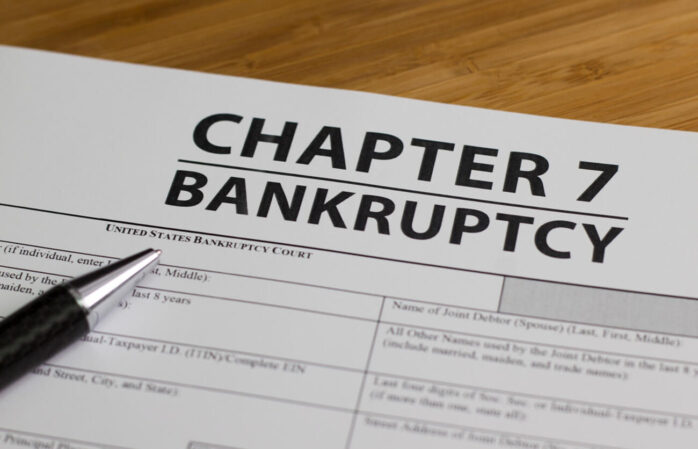
Filing for bankruptcy is a major life decision. It can be difficult to decide which type of bankruptcy to file, as it will have a long-term impact on your future credit score and finances. In the United States, there are two primary types of personal insolvency: Chapter 7 and Chapter 13.Knowing what sets these two chapters apart, including the differences in the paperwork required, eligibility criteria, filing fees, and other factors like the discharge ability of debt, can help you make an informed decision about which type of bankruptcy is right for your individual situation.
Bankruptcy is a legally-recognized tool for individuals or businesses that are experiencing financial hardship and are unable to pay their debts. Filing for insolvency protection provides debtors with a number of options to restore, reorganize, and ultimately eliminate debt without having to contend with unmanageable payments.
The two most common types of individual insolvency filings in the United States are Chapter 7 and Chapter 13. These two chapters provide different types of relief from creditors, and it’s important to understand the differences between them before determining which one is right for your situation.
When Should I File for Bankruptcy?
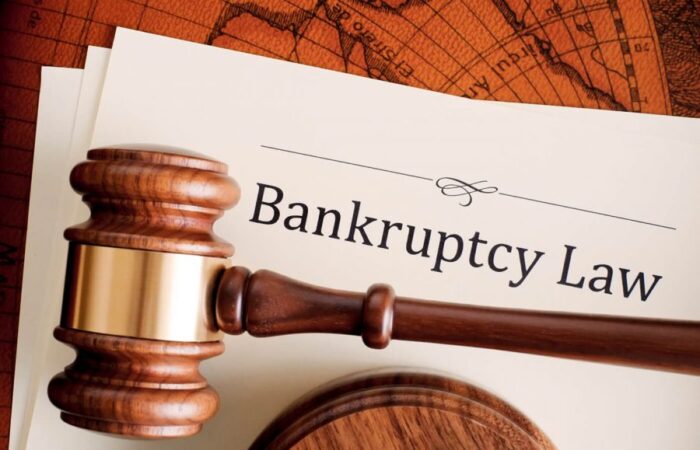
Generally speaking, it is wise to consult with an attorney to determine if bankruptcy is the right option for you. If your debts are overwhelming and you are unable to make payments, filing for insolvency may be the best way forward.
Qualifications for Chapter 7
To qualify for Chapter 7 bankruptcy, there are certain criteria that must be met, including:
- An individual must pass the means test, which calculates their gross income against the median annual income in their state. If your gross income is below the median amount, you may be qualified; if it’s above it, you are not eligible to file for Chapter 7 bankruptcy.
- An individual must prove they have no more money than what can be exempted under federal law (usually around $12,000).
- Individuals who filed for a prior insolvency and received a discharge within 8 years may not be eligible to file for another one.
If an individual meets all of these qualifications, they may then move forward with their filing process. Connecting with a skilled attorney that specializes in bankruptcy law can help them determine if they do qualify and ensure the successful completion of their case.
Qualifications for Chapter 13
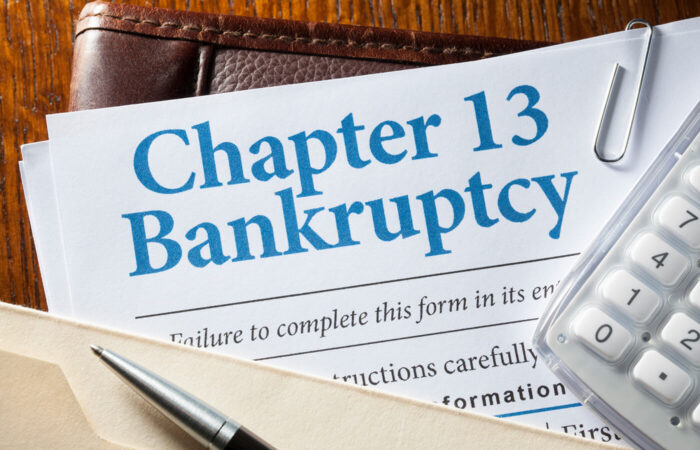
Chapter 13 bankruptcy is a plan to reorganize and pay part of your debts over several years. This type of bankruptcy requires that you have a stable source of income and the ability to pay back your debt.
To qualify for Chapter 13 bankruptcy, you must have unsecured debt that totals less than
$394,725 and secured debts not exceeding $1,184,200. In addition, you must have filed all required federal tax returns for the four years prior to filing for bankruptcy.
The focus of a Chapter 13 plan is typically on the reorganization and repayment of debts within three to five years in manageable installments. During this time frame, certain creditors may not initiate or continue collection activities against the debtor and all payments will be made through a court-appointed trustee. It’s also important to note that if you’re behind on mortgage payments, filing for Chapter 13 may prevent foreclosure by allowing you to catch up on payments over the life of the plan.
Filing Fees & Other Costs
The fees associated with filing for bankruptcy vary based on chapter type. Filing a Chapter 7 petition typically costs around $335-$345, while filing a Chapter 13 petition typically costs around $310-$320. In addition to these fees, there may also be other costs associated with filing for either type of bankruptcy, such as credit counseling fees, attorney’s fees, and other miscellaneous costs.
Bankruptcy Discharge &
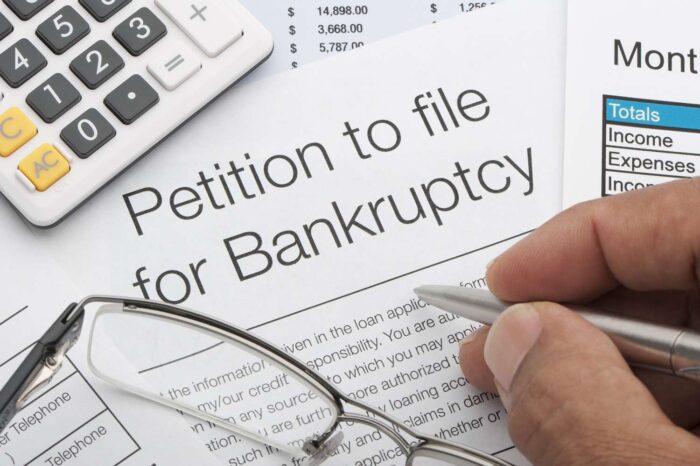
When you file for bankruptcy, whether it’s Chapter 7 or Chapter 13, your goal is to receive and order of discharge – an order from the court that releases you from legal responsibility for the debts stated in your filing. A copy of the bankruptcy discharge will be sent to you after the completion of your case. Once the bankruptcy discharge has been issued, any creditors listed on your filing may no longer attempt to collect money. It is important to note that as time progresses after the conclusion of the case, you must keep all old papers and records on hand, including copies of petitions filed and orders issued by the court.
Time Frame & Repayment Terms
The time frame for filing and completing a Chapter 7 bankruptcy case typically ranges from four to six months, while a Chapter 13 case may take three to five years. In most cases, it is not necessary to make payments during the course of your Chapter 7 bankruptcy; however, if you file for Chapter 13, you will have to make payments according to a court-approved repayment plan. These payments must be made through an automated system called wage garnishment or another approved method.
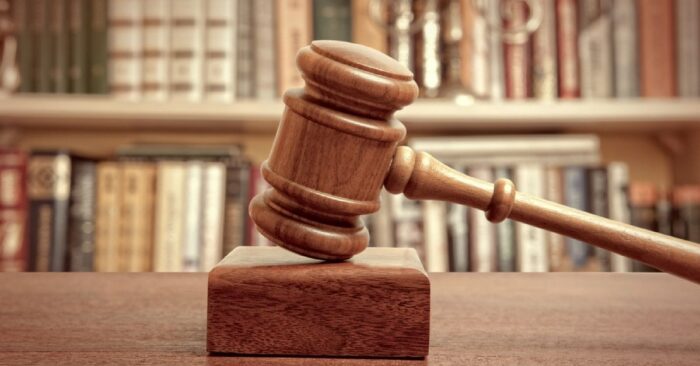
Your discharge does not mean that all of your debts have been erased, but rather that those debts are no longer legally enforceable against you and can no longer be collected from you. However, it is important to note that some debts may still remain even after a bankruptcy discharge has been issued; this includes student loans, certain taxes, court fees, alimony payments, and other obligations that cannot be discharged through either Chapter 7 or Chapter 13 bankruptcies. That is why it is important to save a copy of the bankruptcy discharge.
These are just some of the differences between Chapters 7 and 13 bankruptcies. It is important to understand all differences between the two chapters before deciding which type of bankruptcy is right for your situation. The best way to ensure you make an informed decision is to consult with a qualified attorney who can help you weigh all of your options and determine which chapter might be best for you. By doing so, you can make sure that you receive the debt relief and fresh start that filing for bankruptcy can provide.











